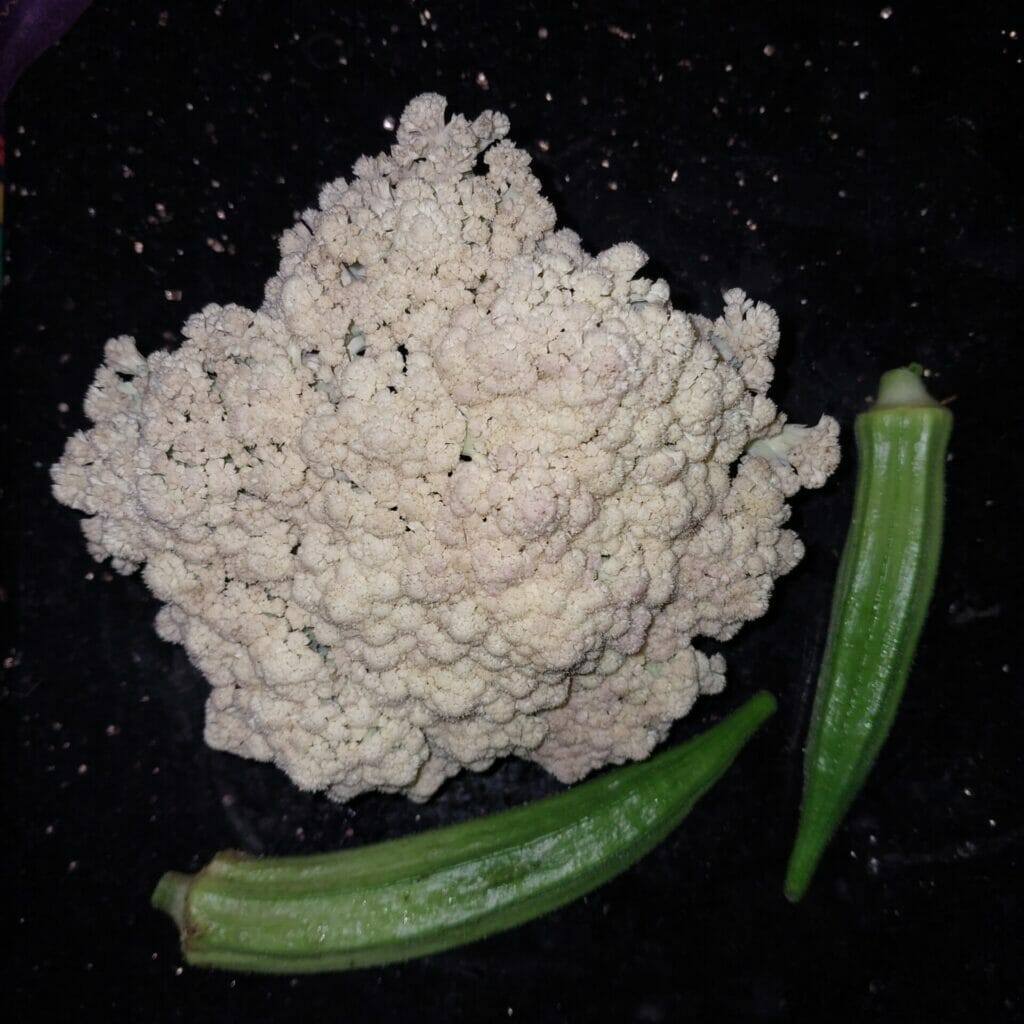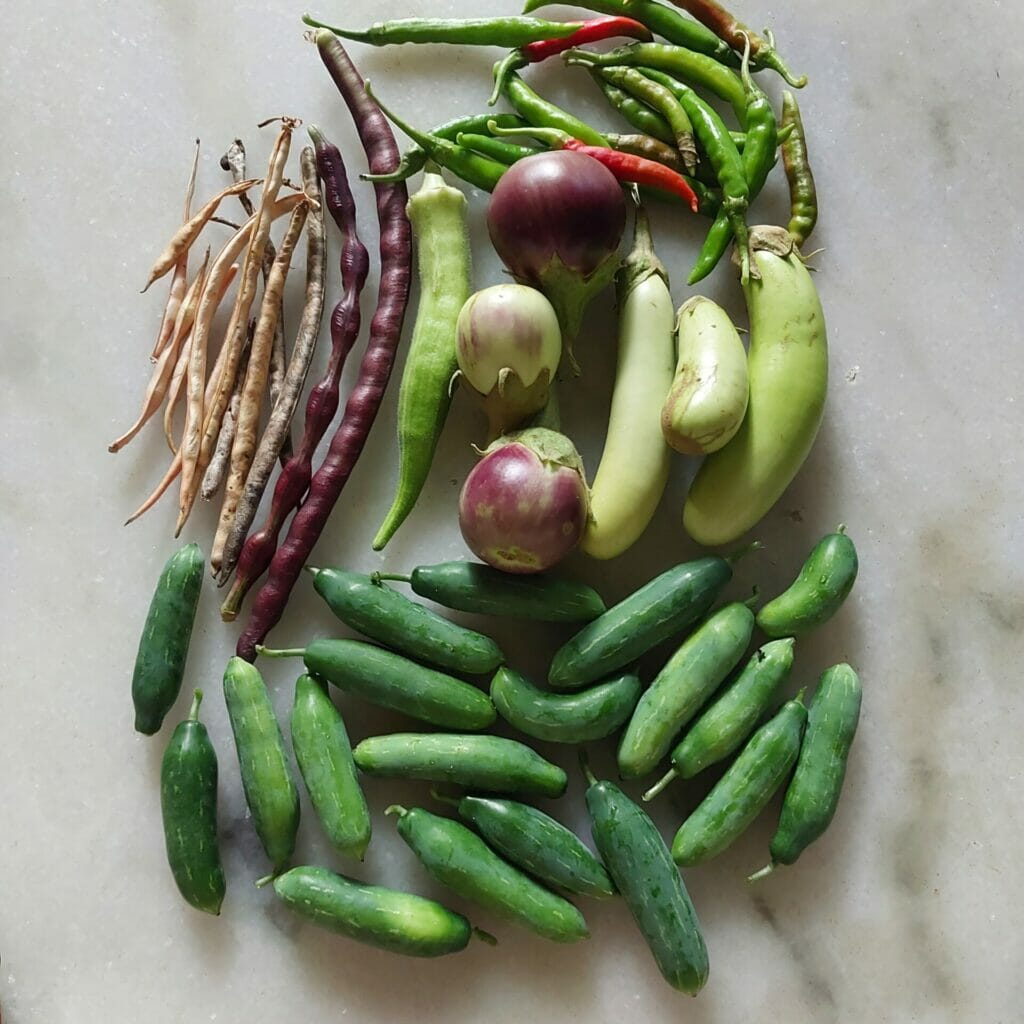In a city that is increasingly concretised and with dwindling green cover, small pockets of green gardens are a sight for sore eyes. While there are avenue trees and public parks, the residents can do their bit to increase the greenery by opting to maintain terrace gardens.
Terrace gardens are no novelty, but the number of people taking the activity up in Chennai could stand to increase. While neighbourhoods in Chennai have come together to maintain community gardens, there is huge potential for the same networks to also disseminate information and help residents set up their own terrace gardens on the roofs of their homes.
One such initiative has paid off in Chitlapakkam, with a growing community of residents maintaining beautiful terrace gardens which both provide much-needed reprieve in hot summer months and also serve as a welcome sight.
Read more: Community garden of Kasturba Nagar: Residents come together to create a happy space for themselves
Gardening journey and setting up a terrace garden
My own gardening journey began around 2008. The spark came from observing the quantum of kitchen waste generated in my home every day. I felt bad that we were asking a fellow human being to handle such waste, which we ourselves would not like to deal with. With reading, I came to the view that such waste was in fact not waste, but an asset.
I set up a small garden by planting mint, greens and a few vegetables in plastic bags. I soon realised that plastic bags are not sustainable and also hard to maintain. The plants were then shifted to old water cans which were available for under Rs 30 and have a long life and are food grade.
Inspired by noted agriculturist Subhash Palekar, I endeavoured to create a low/zero budget garden where only kitchen and garden waste is used as manure. Things like containers and tools like knives and scissors used in the garden were old or no longer in use in our home. Most of the seeds were purchased once and thereafter propagated from the garden itself.
I use Waste Decomposer Culture (WDC) developed by the National Centre for Organic Farming to prepare the compost. Kitchen and garden waste is converted into manure using this method in old water cans or plastic drums.
Around 15 minutes a day during weekdays and an hour on Sundays are spent tending to the garden. In approximately 500 square feet, I’ve been able to grow twenty varieties of vegetables and herbs Among vegetables, I grow ladies’ finger, brinjal, radish and coccinia. I also recently tried and succeeded in growing Cauliflower. Few flowering plants are also grown for daily use during pujas at home.
Benefits of gardening at home:
• It is a hobby that relaxes and relieves stress.
• It is a means to convert household waste into useful manure
• It can help us grow rare plants not easily available in the market
• It reduces the burden of municipal waste that gets landfilled
• It helps us grow healthy food naturally and without chemicals.
• It curbs pollution and cools down surroundings
Read more: Greening rooftops: 10 ideas from Chennaiites
Creating a gardening community
While residents worked independently and tended to their gardens, we noticed that there were many greening enthusiasts in the locality. There was scope for a collaborative effort and for us to share our learnings and even gardening supplies.
Hence, a Chitlapakkam Garden Group was started in February 2021. It has about 150 members and all communication takes place through Whatsapp.
Here, members share photos and videos of their garden and its produce. These in turn inspire others. The group also shares knowledge about how to grow plants, how to tackle diseases, how to provide nutrients and many tips and tricks related to gardening. The information can also guide someone on the right kind of plants that are suited for the weather in Chennai.
Once there was enough participation in the group, we also initiated seed and plant sharing meet-ups among interested members. So far, four such meetings have been held. In these meetings members bring seeds, seedlings, saplings, cuttings or plants to share with other members. These meet-ups are also used to foster a sense of community.
From these meet-ups, I secured the help of members of the group to grow shared Ivy Gourd, Purple Yam and Cauliflower on my terrace garden.

The knowledge exchange in the group has resulted in many new terrace gardens and green spaces mushrooming in our neighbourhoods. The growing movement has been a space to share our interests and success stories and inspire others to follow suit.
We hope that such efforts can be replicated across neighbourhoods to improve the ever-shrinking green cover in our city.

Chitlapakkam people hats off to you.
Great initiative from your locality.
How do we get in touch with the group
was the Chennai Urban Farming Initiative one of the reason to inspire this change